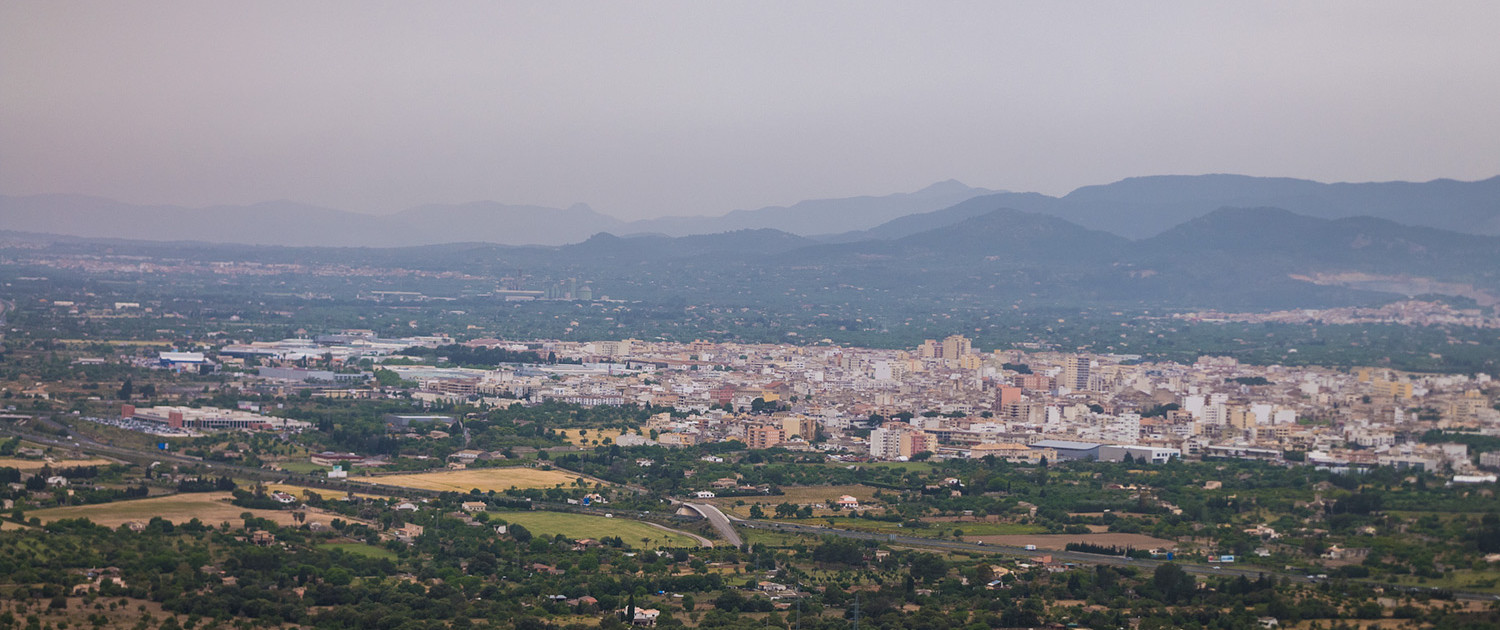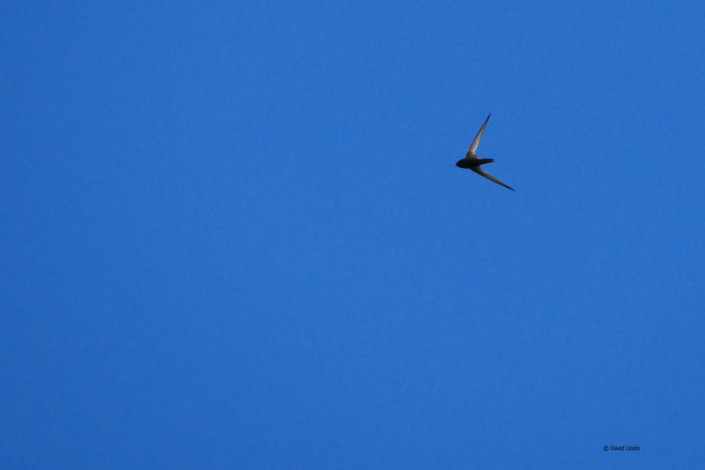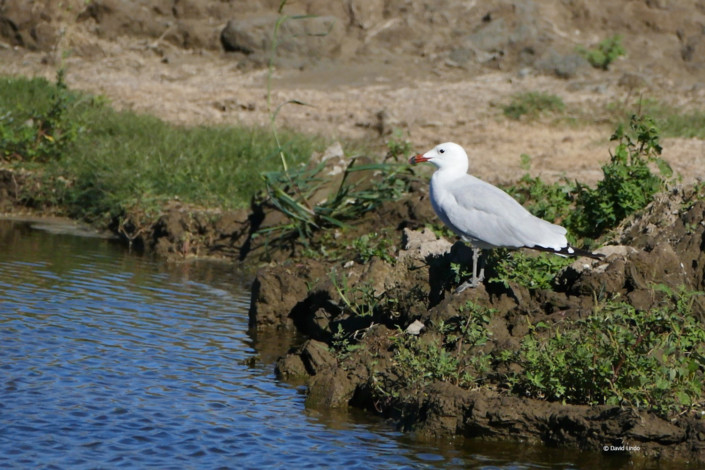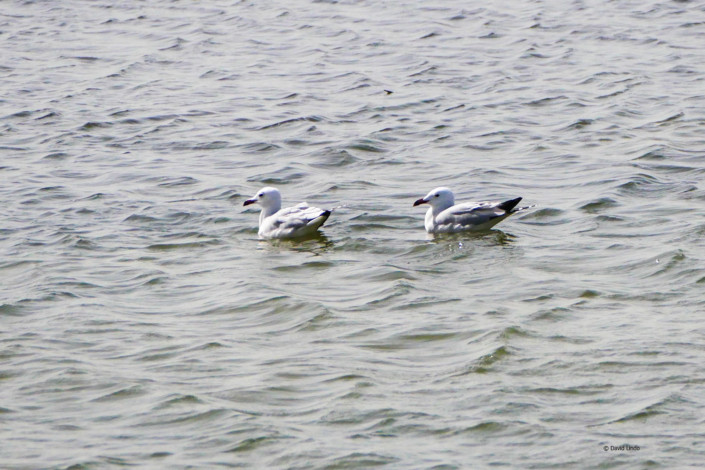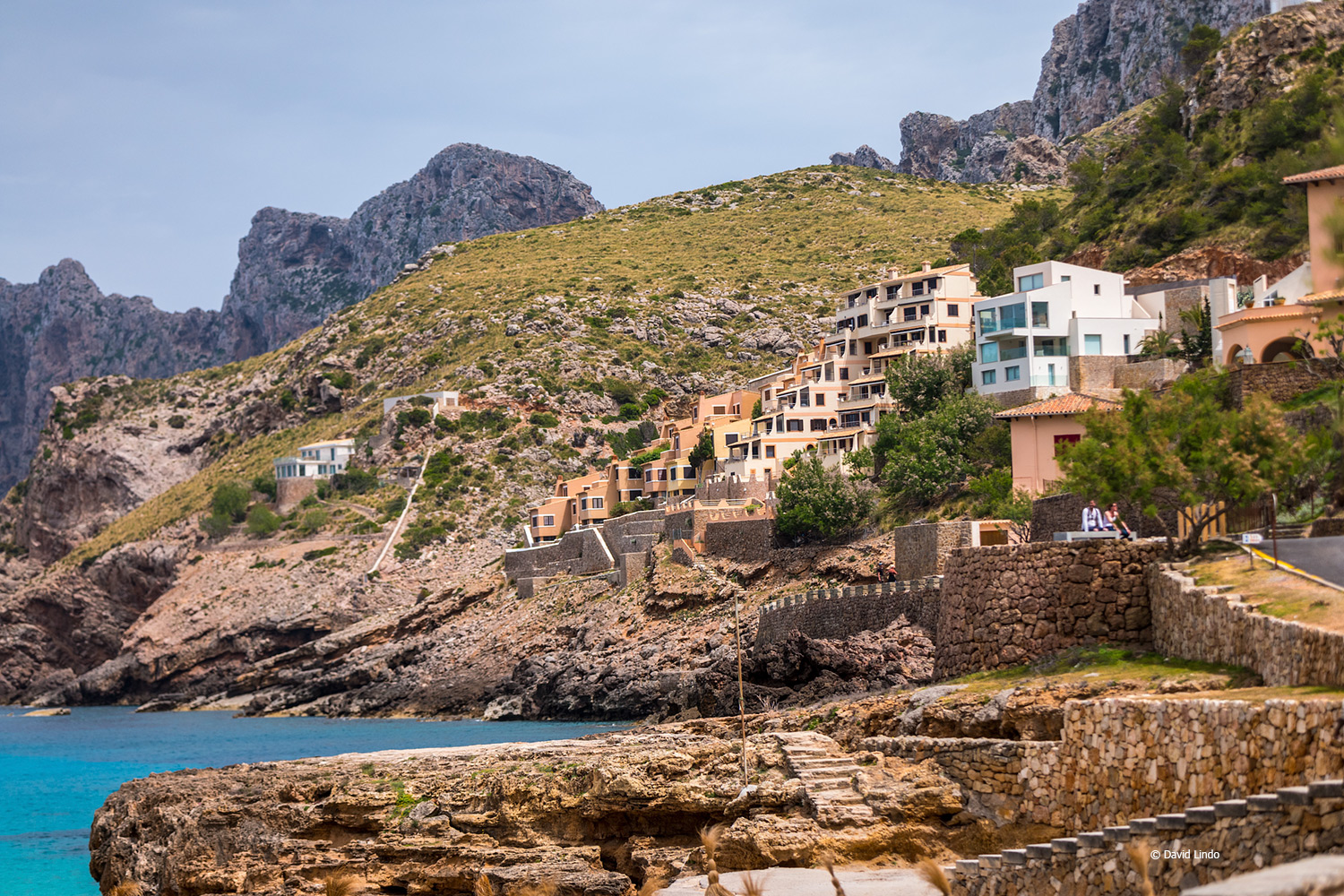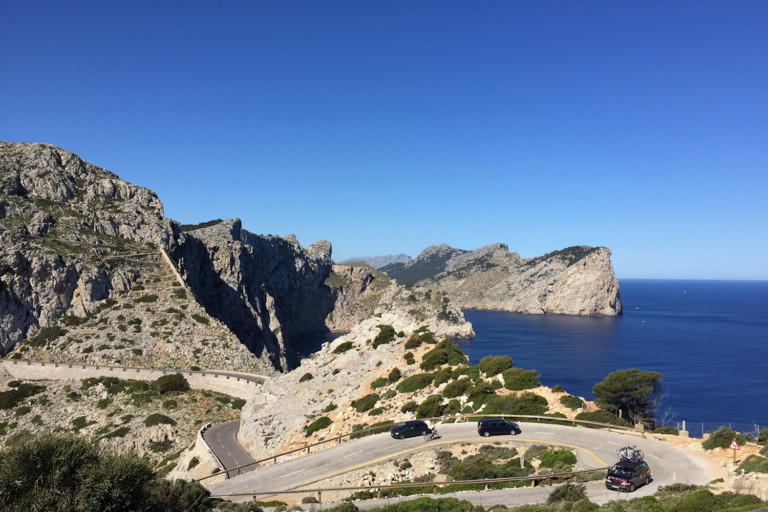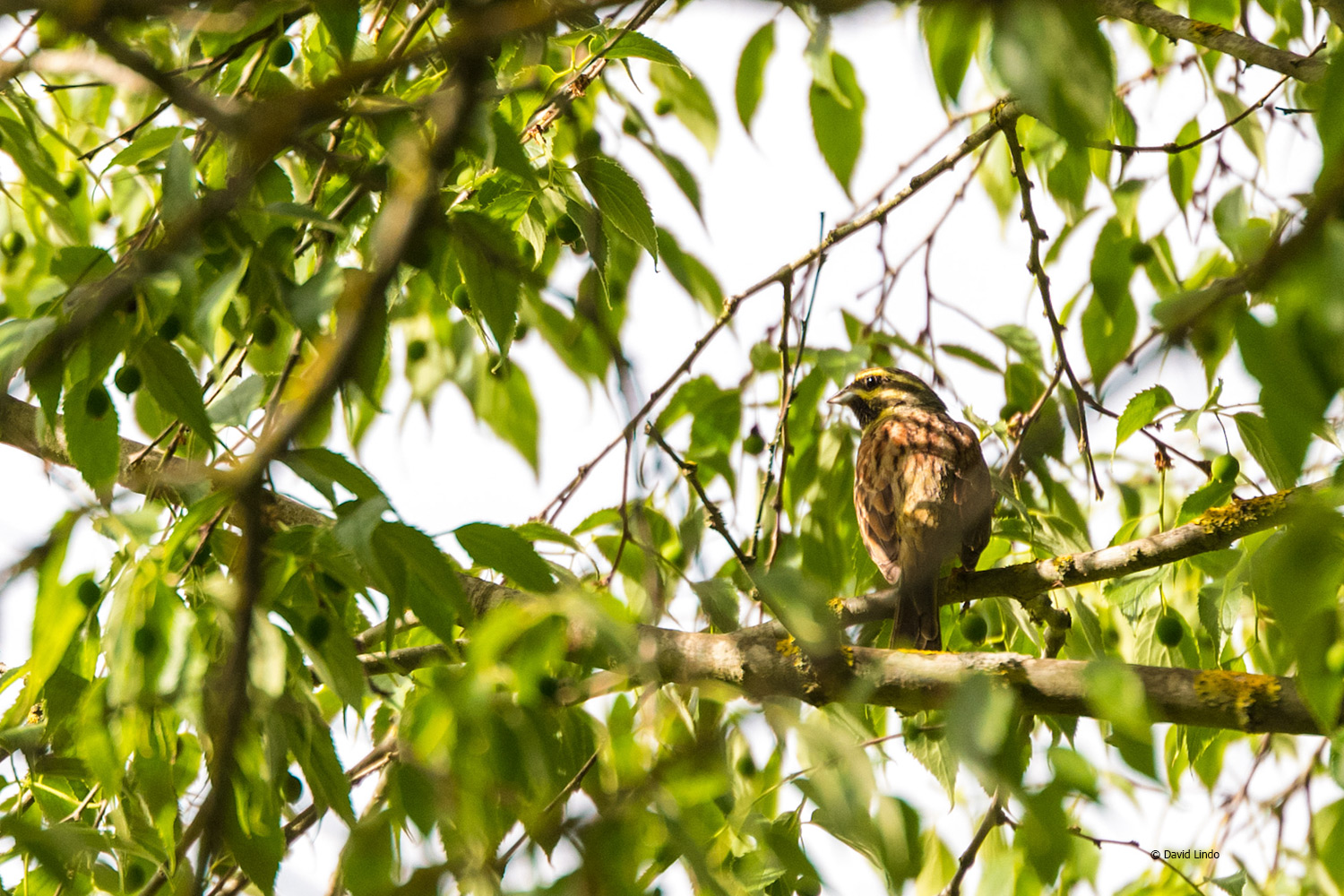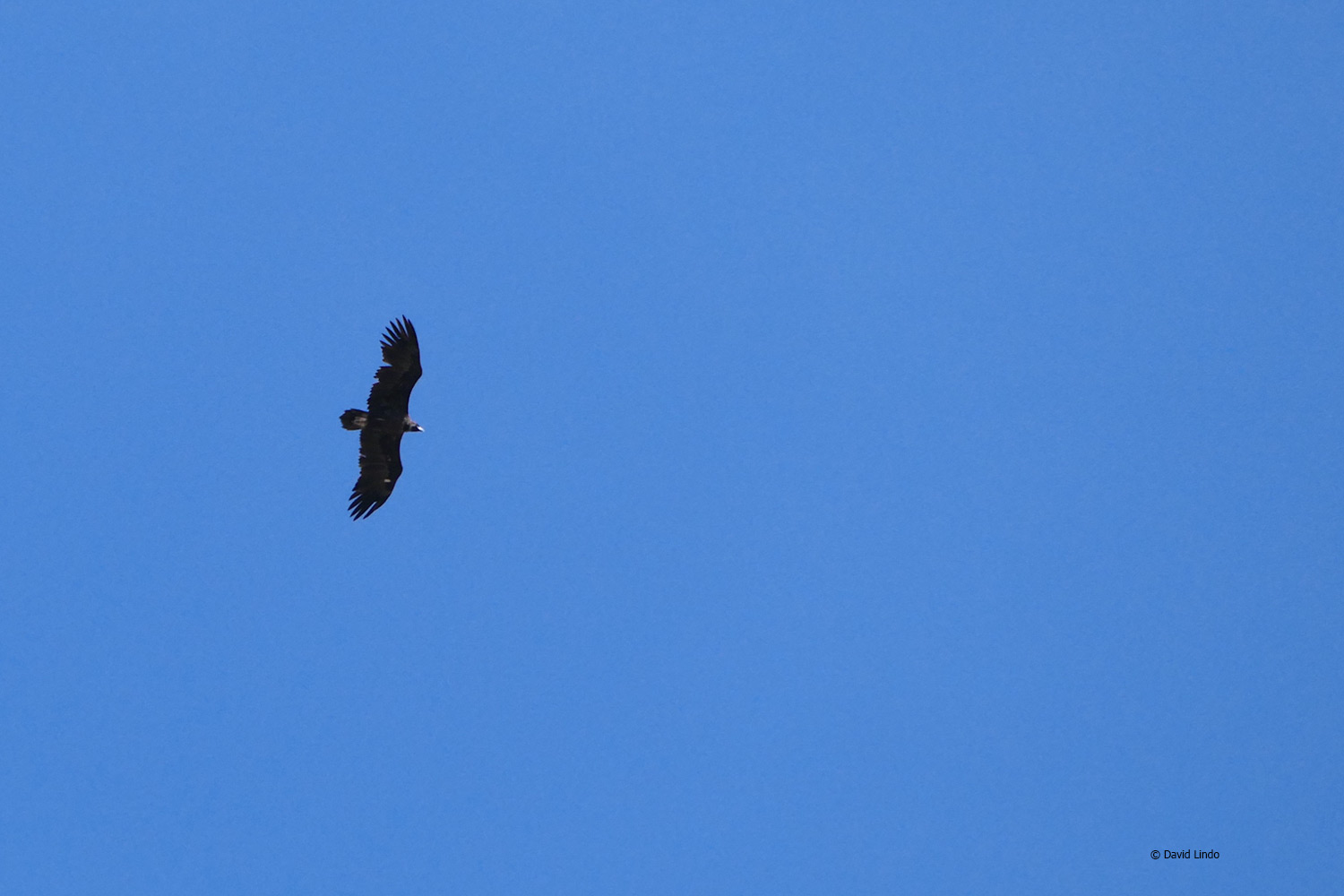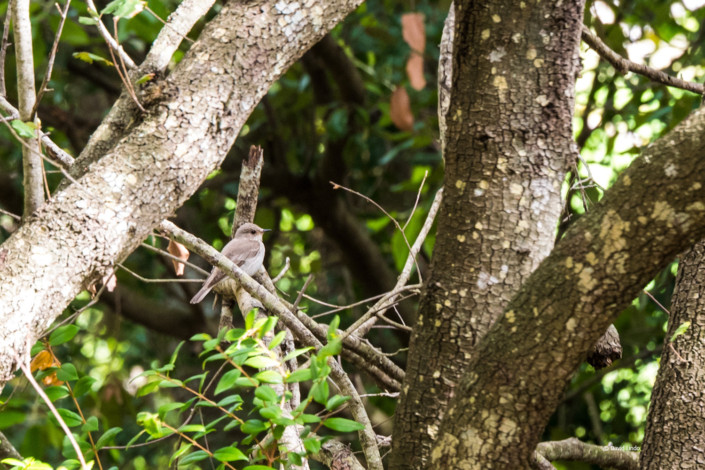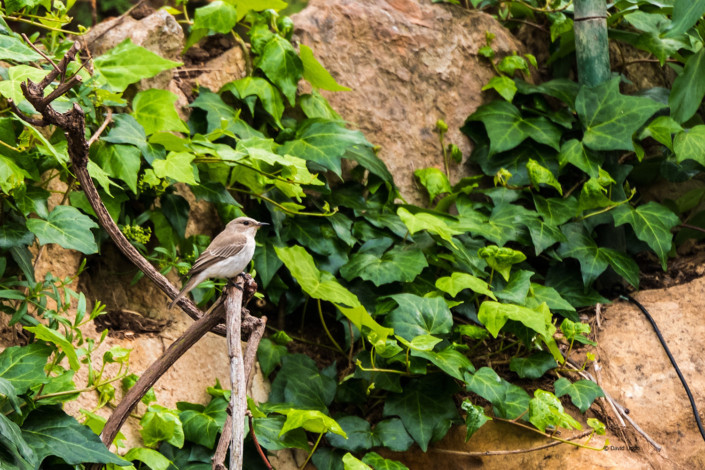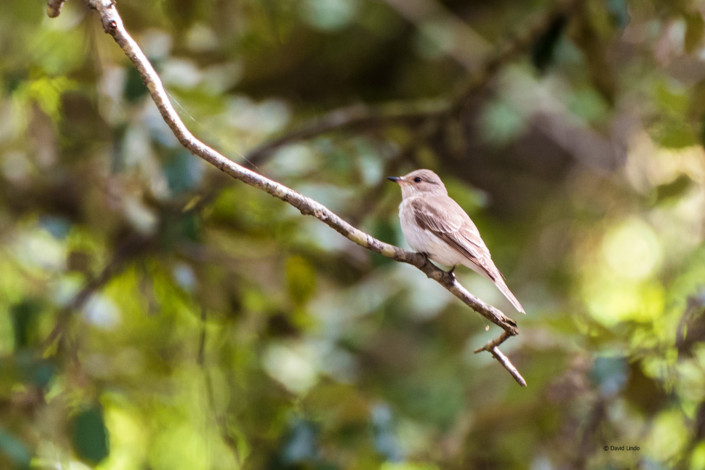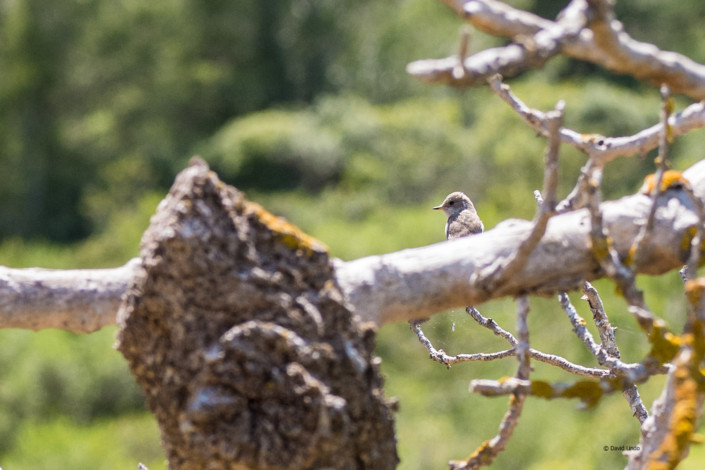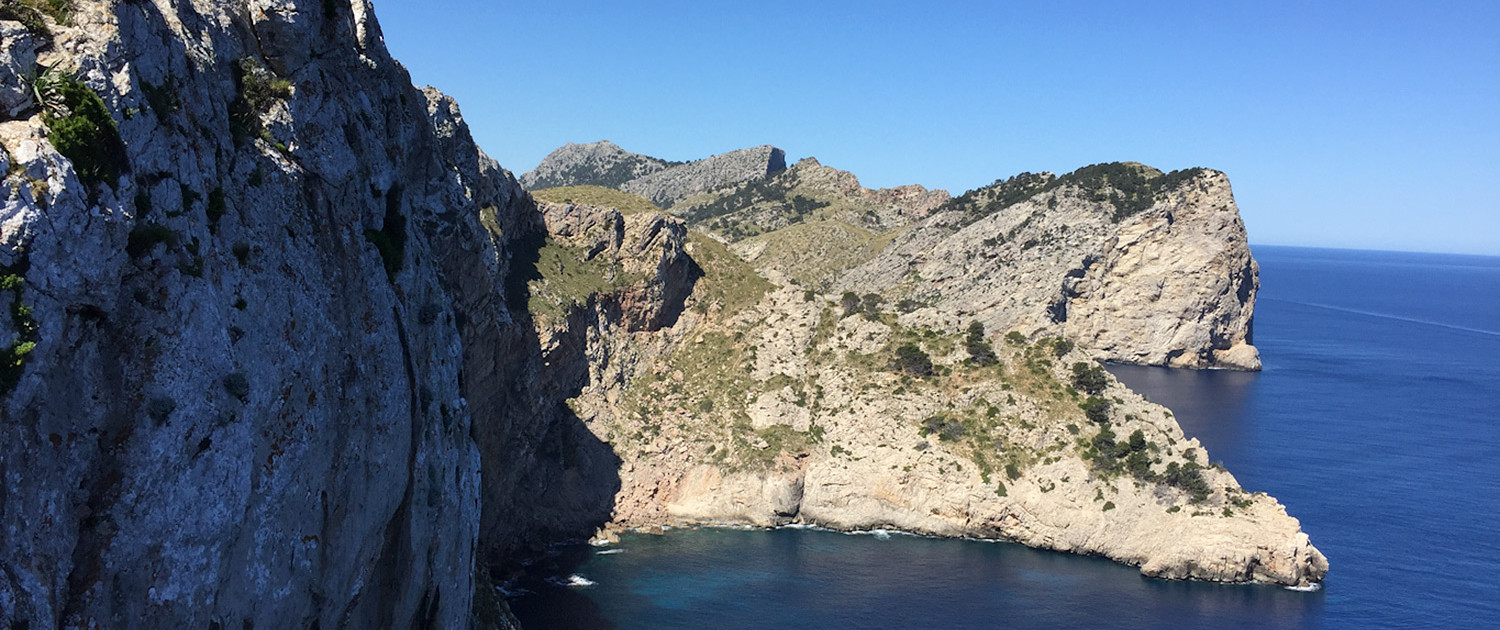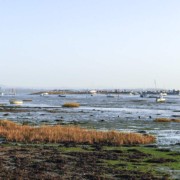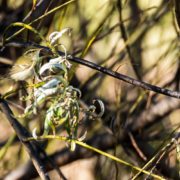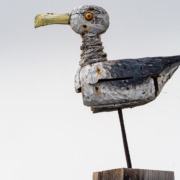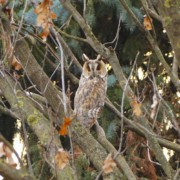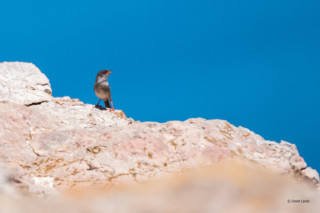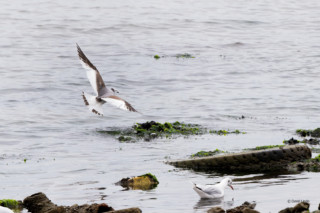“The war-ah in Majorka don’t taste like what it ough-ah” was probably the phrase that first introduced me to Mallorca as a youngster. It came from an 80’s British TV commercial for Heineken beer. Latterly, many non–birders unfortunately associate the island with Shagaluf, the derogratory description for Magaluf- the famous resort on the southern coastline, southwest of the capital Palma.
Birders, cyclists and walkers know another Mallorca; a beautiful Balearic island set in the azure Mediterranean Sea. It’s the largest island in the Balearics that also includes Menorca, Ibiza and many other small islands and islets and has a population of over 400,000 swelling to excess of 23 million annually when you add in all the tourists. I added to that tourism statistic when I visited the islands in early May at the behest of my good friend Pere Tomas who runs Mallorca Natural Tours.
After landing in Palma I registered numerous Common Swift, screaming as they chased each other around the rooftops. I also saw a pair of Audouin’s Gull within minutes as I strolled along the crowded beach. They came from nowhere and chose to land right between two groups of sunbathers. For me they were an incongruous sight, as I had expected to see one of the many Yellow-legged Gulls swilling over to pitch down. To the holidaymakers, this beautiful range restricted seabird was just another “seagull”. Needless to say, I didn’t have my camera so I couldn’t record the event. Urban birding around Palma over the next day produced few surprises with the obligatory European Serin, Spotless Starlings and Collared Doves heading the cast.
The rest of my five days in Mallorca were largely spent in the north, arguably the best location to be for birds. I was based in Pollença, a guest in Pere’s home. Birding around Pollença was pretty good with plentiful Cirl Bunting, Hoopoe and over the nearby mountains a Black Vulture that was one of the re-introduction scheme birds.
I also noted many of the Balearic island race Spotted Flycatchers which are much paler and greyer than the nominate continental birds. Indeed, there are calls to make this distinctive subspecies that is also apparently found on the other Mediterranean islands, a distinct species the Balearic or Tyrrhenian Spotted Flycatcher.
Visits were made to several localities in search of birds and flora. They included Cap de Formentor, a great headland were we watched coastal nesting Peregrine and Osprey. It is also a great spot for observing migrating passerines but the day that we chose to descend upon the site despite being sunny was horribly windy. So we had to be happy with a few continental Spotted Flycatchers and glimpses of Willow Warbler. The best bird though was a superb Balearic Warbler that put in a fine performance by singing right in front of us – even on the rocks!
Thanks to Pere Tomas at Mallorca Natural Tours for his guidance.

